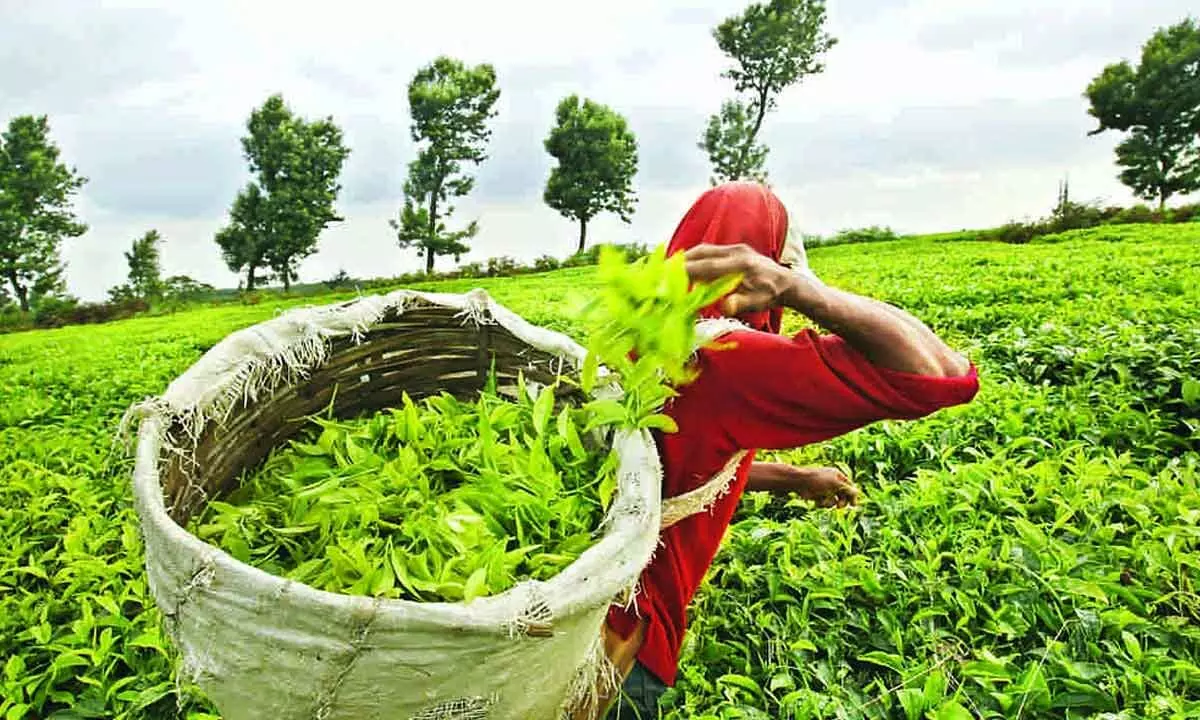Only good spells of rain can save Indian tea industry from its summer misery
image for illustrative purpose

The heat wave is taking its toll on the Indian tea industry, particularly Darjeeling tea. There are around 500 tea gardens in Darjeeling and other parts of north Bengal, which collectively contributed around 640 million kg of tea last year. However, certain districts I north Bengal are reeling under high temperatures, which are adversely affecting tea crop. As a consequence, tea bushes turn red and leaf growth ceases, leading to a 30-35 per cent crop shortage in the industry. The region had already experienced a lack of rainfall in recent months that has led to significant drying. In their bid to survive the ordeal, some tea gardens have resorted to using artificial irrigation systems to sustain the bushes. Experts point out that tea is a rain-fed crop, implying that the industry can sustain only if there is consistent rainfall. The industry is feeling unwanted temperate growth, resulting in crop shortage up to 35 per cent which will disturb the future market of tea. If the same situation goes on for the next ten-fifteen days and the region does not receive any rainfall, the shortage will be around 50 per cent.
The best or ideal temperatures that can help tea and the gardens to thrive range between 28 and 30 degrees Celsius, which ensure both quality and quantity. Any temperature above this range is unfavourable for their growth. The tea industry, currently, is going through a severe setback due to the unviable temperature and lack of rainfall. The industry produced the best quality in the first flush and the second flush, which comes during this season. However, the overwhelming shortfall of rains has pushed the industry to the brink. This apart, tea bushes are not prepared to face maximum temperature. That is why they are unable to give leaves. It’s a great concern for the entire industry. One can only pray for rains and normal temperature. While the region experienced some rainfall last year, there has been a complete absence this year.
To make matters worse, the India Meteorological Department (IMD) recently said that most parts of the country are likely to record above-normal maximum temperatures in May. That’s not all. The weather department has issued a red alert for severe heat wave conditions in the Gangetic West Bengal, Odisha, Bihar and Jharkhand. One has to keep in mind that excessive rainfalls, especially those coupled with hailstorms, also spell disaster for the tea industry. Ironically, while the tea belt in north Bengal is feeling the pinch of heat wave, incessant rainfall and hailstorms over the past few weeks have hit the production of tea, resulting in 50 per cent crop loss in the Barak valley areas of Assam. Tea Association of India’s (Barak valley branch) is fearing a 50 per cent crop loss in May compared to the crops harvested in the same period last year. Moreover, tea production had declined in the area by 1.4 million kg in 2023 due to unfavourable weather conditions. The tea belt of India, therefore, is looking up to rain gods for a balanced degree of rainfall, keeping the temperature within the right limits.

